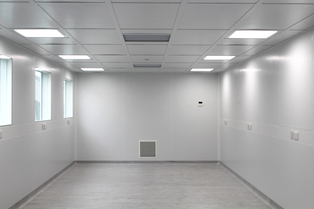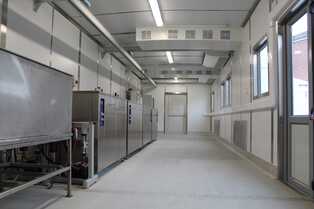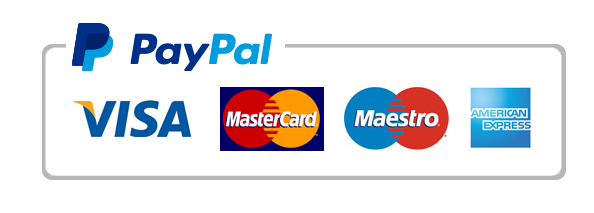What is the difference between a clean room and a hygienic food safe room?
Clean rooms and hygienic food-safe rooms are both controlled environments designed to minimize contamination, but they serve different purposes and have distinct requirements.
Clean Room
A clean room is a controlled environment designed to minimize airborne particles, contaminants, and microorganisms. The primary goal is to prevent contamination of sensitive equipment, materials, or products, typically in industries like:
- Electronics
- Pharmaceuticals
- Biotechnology
- Aerospace
Key characteristics:
- Air filtration: High-efficiency air filtration systems (HEPA/ULPA) remove airborne particles.
- Temperature and humidity control: Strict temperature and humidity controls maintain a stable environment.
- Airflow and pressure: Controlled airflow and pressure prevent contaminants from entering.
- Cleaning and disinfection: Regular cleaning and disinfection protocols are in place.
- Personnel controls: Personnel wear protective clothing, including gloves, masks, and gowns.
Hygienic Food-Safe Room
A hygienic food-safe room, also known as a food processing or food handling area, is designed to prevent contamination of food products and ensure a safe and healthy environment for food processing. Industries that require such rooms include:
- Food processing
- Beverage production
- Dairy
- Meat processing
Key characteristics:
- Easy-to-clean surfaces: Walls, floors, and ceilings are made of smooth, non-porous, and easy-to-clean materials.
- Sanitary equipment: Equipment is designed for easy cleaning and sanitizing.
- Temperature control: Temperature controls ensure proper storage and processing conditions for food products.
- Pest control: Measures are in place to prevent pest infestations.
- Cleaning and sanitising protocols: Regular cleaning and sanitizing protocols are followed to prevent contamination.
- Personnel hygiene: Personnel follow proper hygiene practices, including handwashing and wearing protective clothing.
Key differences
- Purpose: Clean rooms focus on preventing contamination of sensitive equipment or products, while hygienic food-safe rooms prioritize preventing contamination of food products.
- Design and layout: Clean rooms often have a more complex layout, with features like airlocks and pass-throughs, whereas hygienic food-safe rooms focus on easy-to-clean surfaces and sanitary equipment.
- Regulations and standards: Clean rooms typically follow standards like ISO 14644, while hygienic food-safe rooms must comply with food safety regulations, such as HACCP (Hazard Analysis and Critical Control Points) and local health codes.
In summary, while both clean rooms and hygienic food-safe rooms aim to minimise contamination, they serve different purposes and have distinct design, layout, and operational requirements.



